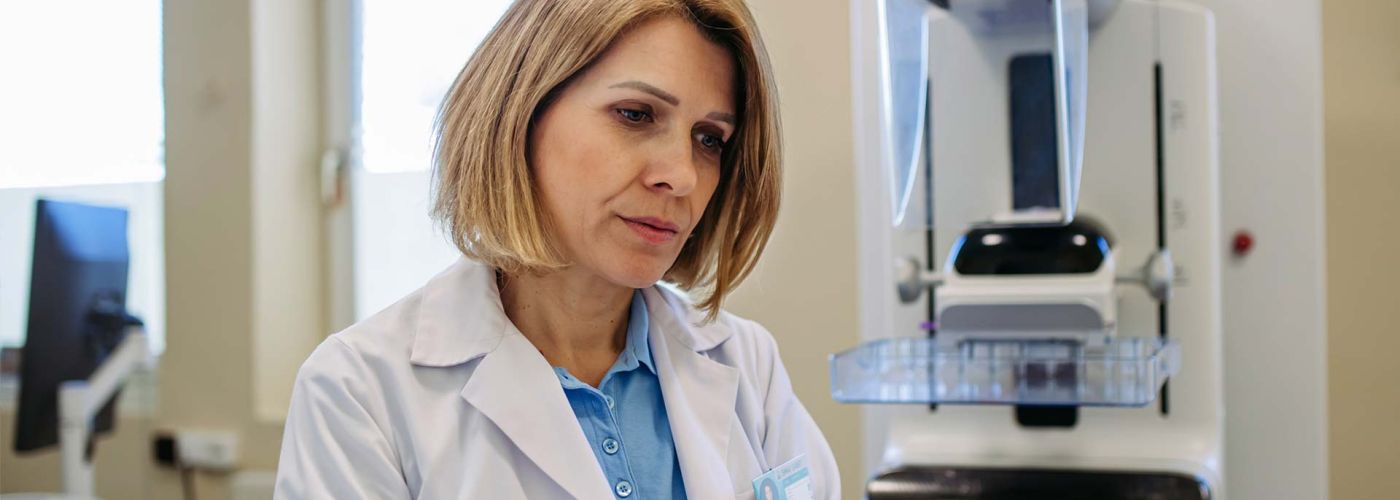What Are Radiology Follow-Up Imaging Requests?
Follow-up imaging requests are essential for patient safety and care continuity in radiology. When a scan reveals an abnormality, such as a pulmonary nodule, suspicious lesion, or incomplete view, radiologists often recommend additional imaging at a specific time interval. These radiology follow-up imaging requests ensure that disease is detected early, monitored appropriately, and treated before conditions progress.
Yet, despite their importance, many of these follow-up imaging recommendations are missed. Studies suggest that anywhere from 30–70% of radiology follow-up imaging requests are not completed, exposing patients to risk and clinics to liability.
Traditional Ways Clinics Manage Follow-Up Imaging
Historically, radiology clinics have relied on manual methods to manage follow-up imaging requests, such as:
- Faxing recommendations to referring providers.
- Entering reminders into EMR systems.
- Maintaining spreadsheets to track patient lists.
- Calling patients directly to schedule return visits.
While these efforts show dedication, they are inconsistent and often unsustainable, especially as patient volumes rise and imaging becomes more complex.
Common Challenges in Radiology Follow-Up Workflows
Even when processes exist, follow-up imaging tracking frequently breaks down due to:
- Fragmented Communication – Radiology reports may not integrate cleanly with ordering or scheduling systems.
- Ambiguous Reporting Language – Follow-up recommendations vary in format, making them difficult to identify.
- Staffing Shortages – Radiology clinics often lack the personnel to manually manage hundreds of follow-up tasks.
- Authorization Barriers – Payer pre-authorization can delay imaging, frustrating patients and providers.
- Low Patient Engagement – Patients may feel fine and skip follow-up imaging if outreach isn’t clear and timely.
These failure points can lead to missed diagnoses, delayed treatments, and poor patient outcomes—eroding trust in radiology services.
Why High-Reliability Models Matter in Radiology
Borrowed from industries like aviation and nuclear power, high-reliability healthcare emphasizes systems that prevent errors from becoming harmful. In radiology, this means ensuring that every follow-up recommendation is captured, tracked, and acted on.
By embedding high-reliability follow-up workflows, radiology clinics can shift from reactive to proactive, ensuring patients never fall through the cracks.
How Inflo Health Uses AI to Improve Imaging Follow-Up
Inflo Health transforms follow-up imaging workflows with a radiology-specific large language model (LLM) and agentic AI workflows designed for reliability.
Key features include:
- Radiology-Specific LLM: Identifies all follow-up imaging requests across modalities, timeframes, and locations.
- Context Enrichment: Adds patient details (e.g., comorbidities, pregnancy, statin use) to guide appropriate next steps.
- Smart Provider Review & Ordering: Referring providers can review and approve follow-up orders with a single click.
- Streamlined Pre-Authorization: AI-assisted documentation reduces approval times and scheduling delays.
- Patient Outreach & Engagement: Automated outreach adapts to urgency, ensuring patients understand why and when they need follow-up.
- End-to-End Tracking: Dashboards monitor every patient, surfacing risks, bottlenecks, and performance trends.
Case Study: Transformed Follow-Up Care
This mid-sized community imaging clinic faced low compliance with radiology follow-up imaging requests. Manual spreadsheets required two full-time employees, yet less than 50% of follow-up exams were completed.
After implementing Inflo Health’s high-reliability workflow:
- Automated capture of follow-up recommendations eliminated missed cases.
- Patient outreach tailored by acuity increased engagement and compliance.
- Single-click provider ordering reduced administrative burden.
- Real-time dashboards provided visibility across the entire follow-up process.
Within six months, completion rates improved by 4X while operational costs dropped by 30%.
Benefits of Automated Radiology Follow-Up Tracking
Radiology clinics using AI-driven follow-up imaging workflows experience:
- Higher follow-up completion rates aligned with ACR guidelines.
- Reduced liability risk from missed imaging opportunities.
- Operational efficiency with fewer manual tasks.
- Improved financial performance from recovered imaging and downstream revenue.
- Better patient outcomes through timely diagnosis and care.
Building Reliable Radiology Follow-Up Systems
Handling radiology follow-up imaging requests is one of the most important yet complex responsibilities of modern radiology clinics. Manual processes are no longer enough. By adopting AI-enabled, high-reliability follow-up workflows, clinics can deliver safer care, improve patient outcomes, and reduce risk.












